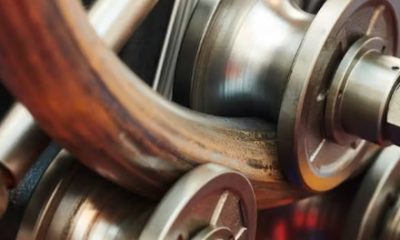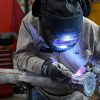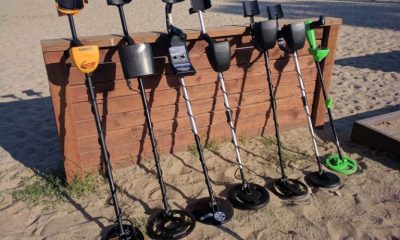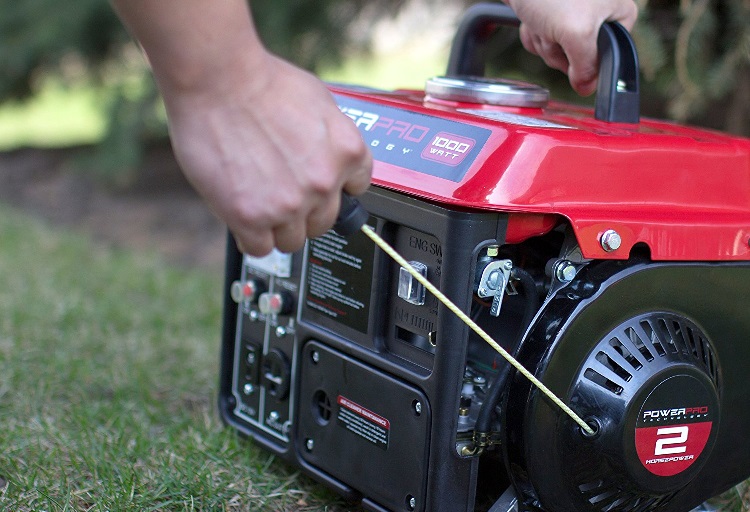Gears are considered to be the oldest piece of equipment known to humanity. They have existed since the invention of the first rotary machines. In fact, there are evidence that gears date as far as 2700 years BC in China. Because of their ability to manipulate force, gears found many uses in the past such as hoisting heavy loads, as a part of wind and water powered machinery, and they were even used in warfare as parts of catapults.
Early gears were made from wood and consisted cylindrical pegs that were lubricated with animal fat. The first description of gears was written by Aristotle in the 4th century BC and there are also tons of sketches of gears found in Leonardo da Vinci’s notebooks. But it wasn’t until the industrial revolution in Britain that the use of gears exploded. Today gears are an essential part of motors and machines and thanks to modern metallurgy, they are perfected up to a point that some don’t even require lubricants to operate.
There are four basic types of gears used today. These include spur gears, helical gears, bevel gears and worm gears. You can find more helical worm gear motor info by doing some research online, but you can read my short description for each of them just to get the general idea.
– Spur gears are the most common type and they are used for large gear reduction. Spurs have straight teeth and they are mounted parallel to each other on different shafts. They are mostly used in washing machines, windup clocks and so on. However, they are not used in the car industry since they produce loud noises and vibrations.
– Helical gears are smoother and much more quiet than spur gears since the teeth are at a certain angle and the contact between them is gradual. They are the most common gears used in transmissions and also, they generate large amounts of thrust with the support of bearings. Helical gears are often used to adjust the angle by 90 degrees when they are mounted on perpendicular shafts.
– If you want to change the direction of the shaft’s rotation, then you will need a bevel gear. The teeth of bevel gears can be straight, hypoid shaped, and spiral and each of them have their own characteristics.
– And finally worm gears are also used in large gear reductions with a setup designed in way that the worm can turn the gear, but the gear, on the other hand can’t turn the worm. This type of gears is mostly found as part of a conveyor systems where the locking mechanism can serve as an emergency break.
Helical worm gear motor info is crucial when it comes to operating and using this equipment in an industrial setting.
















You must be logged in to post a comment Login